Burnside's Coast Division Sails
By the end of December of 1861 almost all of the regiments that will make up the division have assembled at Annapolis, Maryland. Transport ships have been secured along with supplies for the estimated 15,000 troops. The exact destination of the expedition has been kept a secret to all but a few in the United States War Department.
Burnside orders the regiments to start boarding transports on January 6th,1862.
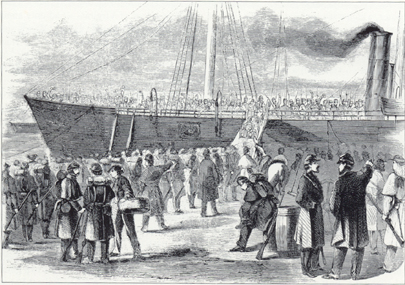
Troops embark aboard a troop ship at Annapolis, Md.
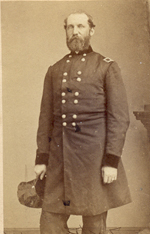
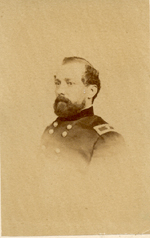
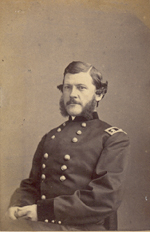
1st Brigade General John Foster 3rd Brigade. General John Parke
2nd Brigade General Jesse Reno
The brigade commanders in Burnsides Division and the regiments in their commands.
1st Brigade-23rd, 24th, 25th & 27th Massachusetts, 10th Connecticut
2nd Brigade-21st Massachusetts, 6th New Hampshire, 9th New Jersey,
51st New York 51st Pennsylvania
3rd Brigade-4th & 5th Rhode Island, 8th & 11th Connecticut,
53rd & 89th New York
On January 9th the expedition leaves Annapolis and heads down the Severn River into the Chesapeake Bay. The flotilla stops at Fort Monroe at the mouth of the bay and regroups. As the armada sails south into the Atlantic Ocean on the evening of the 11th the men find out they are headed to Hatteras Inlet.
Vessels sail towards Hatteras throughout January 12th. As the approximately 100 ships arrive at the inlet, a fierce Nor-Easter starts to scatter them. Many ship captains steer away from Hatteras to wait out the storm as others attempt to pass through. As the waves continue to build it becomes too treacherous to pass the swash into the inlet. The fleet loses three ships during the ensuing storm: the City Of New York carrying supplies, the army gunboat Zouave and a coal schooner T. P. Larned. The storm begins to subside on the 15th.The next day Burnside starts the task of getting his fleet through the inlet In order to lighten the draft of some of the transports their cargo of men debark and go ashore at Hatteras. The ships then attempt to make it through the inlet. As more boats pass the inlet into Pamlico Sound another storm blows in on January 20th. It takes until February 1st for all the ships of the flotilla to eventually enter the inlet.
Once through the inlet and into Pamlico Sound the Armada regroups. The expedition is joined by Naval gunboats which have been ordered to accompany the invasion. All the ships in the fleet are commanded by Admiral Louis M. Goldsborough
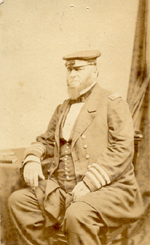
Flag Officer Admiral Louis M. Goldsborough
The 100 or so vessels that make up the expedition include transports and supply ships (steamers, schooners, barks, ships, and a brig), floating batteries ( canal boats) and army and navy gunboats.